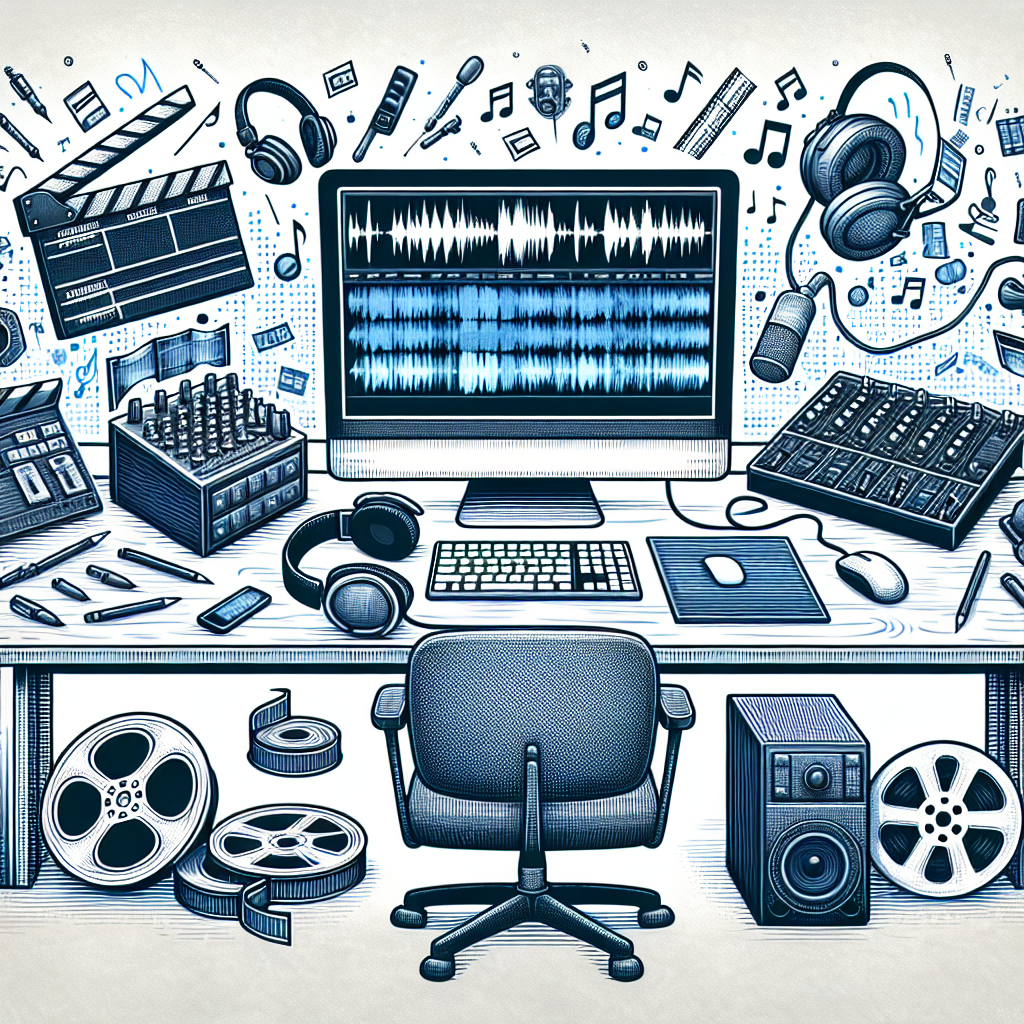When properly used, sound effects greatly magnify the impact of visuals, stimulate deeper emotional responses from viewers, and often turn good videos into superb creations. However, despite the importance and potential of sound effects, most video editors often struggle to efficiently navigate audio design elements and utilize them to enhance their projects. Therefore, this article aims to provide an in-depth guide on how to use sound effects successfully in video editing software.
Understanding Sound Design
Sound design comprises all the aural aspects of a piece, including dialogue, ambiances, sound effects, and music. It’s crucial not to underestimate the power of sound – the audio accompanying an image can either make or break the effectiveness of that visual. The right sound effects can invoke strong emotional responses and drive the narrative of your video forward.
Types of Sound Effects
In video editing, sound effects are broadly divided into three categories, namely: Diegetic, Non-Diegetic, and Meta-Diegetic. Diegetic sounds originate from within the video’s world. They include sounds like footsteps, slamming doors, clinking glasses, etc. Non-Diegetic sounds are audio elements added in post-production—these include background music and auditory cues for dramatic effects. Lastly, Meta-Diegetic sounds are internal sounds—these are imagined or remembered sounds like a character’s thoughts or flashbacks.
Choosing the Right Sound Effects
It can be quite challenging to choose appropriate sound effects for your video that can genuinely enhance your story. First, keep in mind the source of the sound. Is it something we can see on the screen, or is it something off-screen but still part of the story world? Also, define the purpose of your sound effect. Is it to enhance realism, build atmosphere, guide viewers’ focus, or provide comic relief or suspense?
Where to Find Sound Effects?
There are several audio libraries online, both free and premium, where you can find sound effects. These include Freesound, SoundSnap, AudioMicro, Adobe Audition, among others. Some video editing softwares also come equipped with an in-built sound effects library for basic needs.
Applying Sound Effects in Video Editing Software
After finding the right sound effect, you will need to import it into your video editing software. Depending on the editing software you use, this process may differ slightly. Most of the time, you need to drag and drop the downloaded sound effect file to the editing software’s timeline and synchronize it with the video scene where you want to insert it. Also, remember to control your sound levels appropriately to ensure balance and audio clarity.
Conclusion
Sound effects play a pivotal role in enriching the overall quality and appeal of a video. Understanding, selecting, and accurately applying suitable sound effects allows the video editor to invoke specific emotional responses and add depth to their video narrative. Nevertheless, the whole endeavor demands a good measure of creativity, technical understanding, and smart usage of video editing software.
Frequently Asked Questions (FAQs)
-
Which software is best for sound effects editing?
Adobe Audition, Audacity, Avid Pro Tools, and Cubase are considered some of the best sound effects editing softwares.
-
Is utilizing sound effects necessary in video editing?
Adding sound effects is not always necessary but they greatly add value and emotional depth to the videos. They help in engaging the audience better.
-
Can I create my own sound effects?
Yes, you can create your own sound effects using Foley – a method of creating sound effects manually with everyday items.
-
Can I sell the sound effects that I create?
Yes, there are online platforms like Shutterstock and Soundsnap where you can sell your unique sound effects.
-
How can I make my audio sound professional?
Professional audio demands good quality recordings, precise editing, suitable effects application, audio mixing, and mastering.

